Remembering July 27th
“That is my fear, that the ‘Forgotten War’ will really be the forgotten war.”
Robert Dornfried, August 11, 2013.

For millions of Americans, the Korean War is lost among the 20th-century wars. Stuck between the famous, global Second World War and the well-documented, controversial Vietnam War, the Korean War is lost and forgotten by many. More than 5,700,000 U.S. servicemen were involved in the Korean War, many were young men who served during the Second World War, enlisted as they were too young to serve their country during the Second World War, or were drafted. The Veterans History Project has archived many of these veterans’ tales of the Korean War.
The Korean War
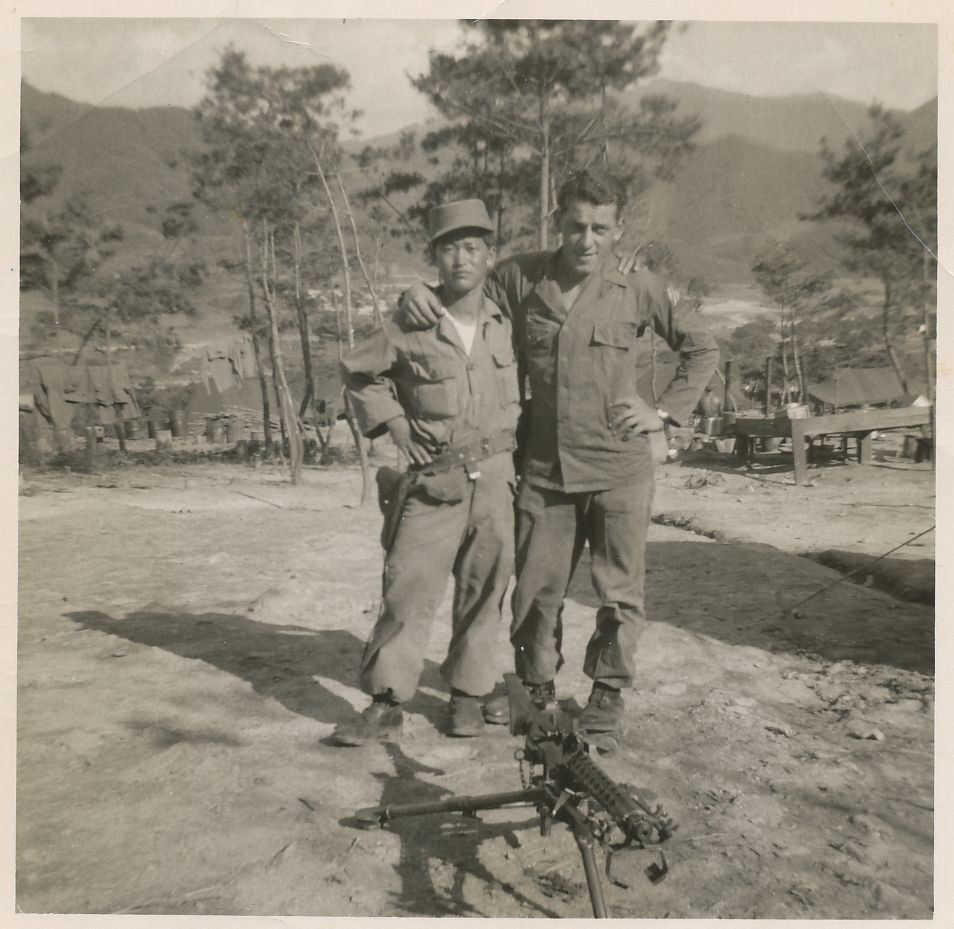

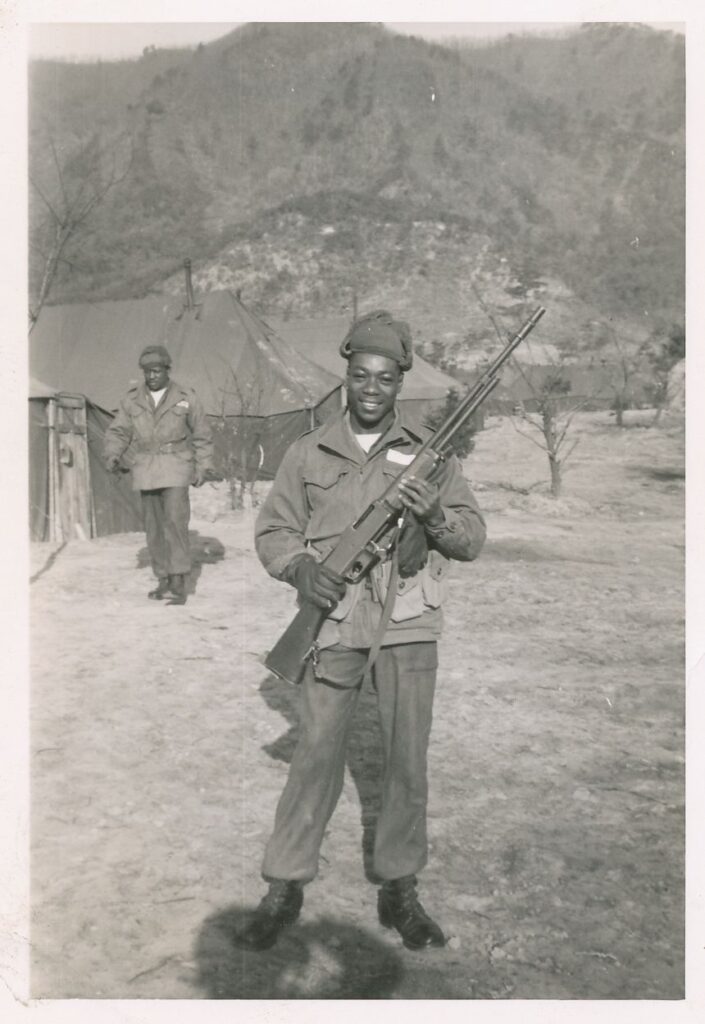
On the 15th of August 1945, Korea was officially liberated from the Japanese military by the United States and the Soviet Union who occupied the peninsula until 1949. The following year, 25th of June 1950, the Northern, pro-communist Democratic Peoples Republic of Korea (DPRK) invaded U.S. backed Republic of Korea (ROK) in the south.
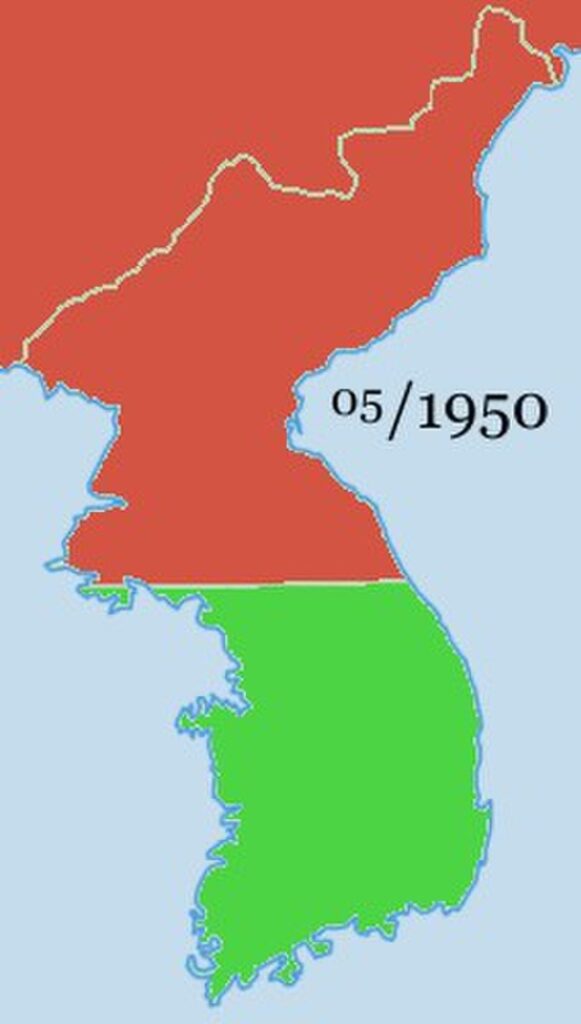

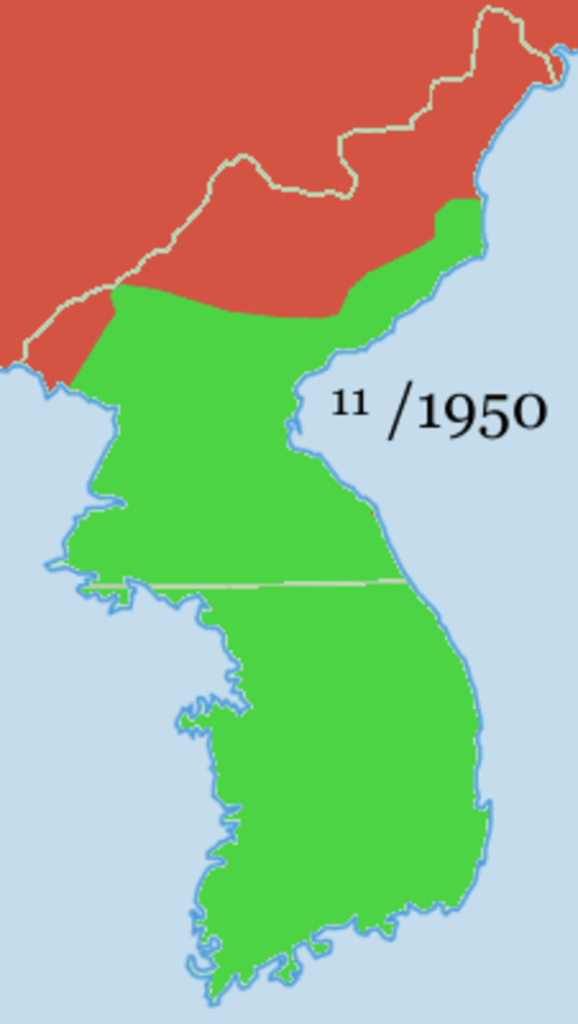
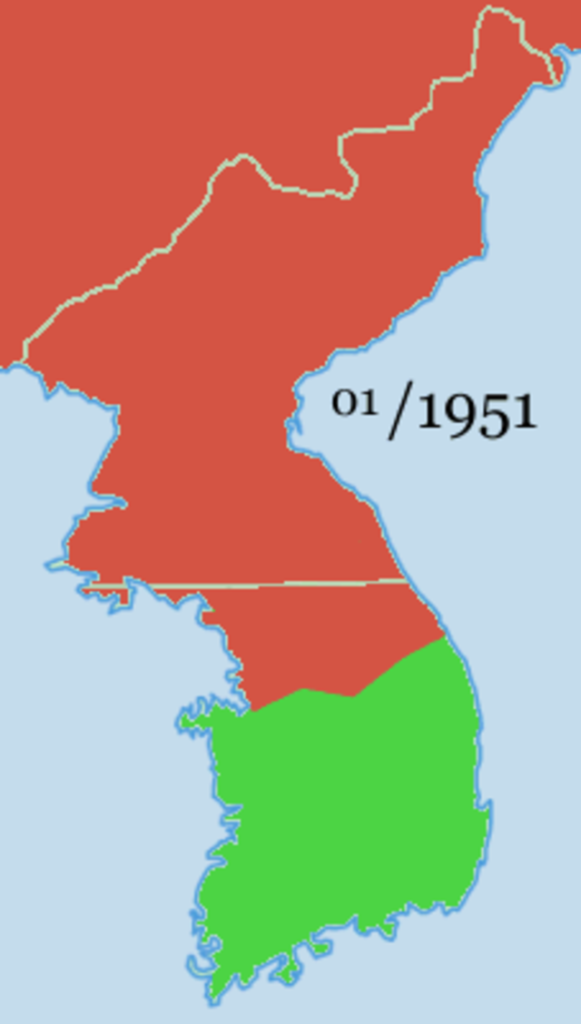
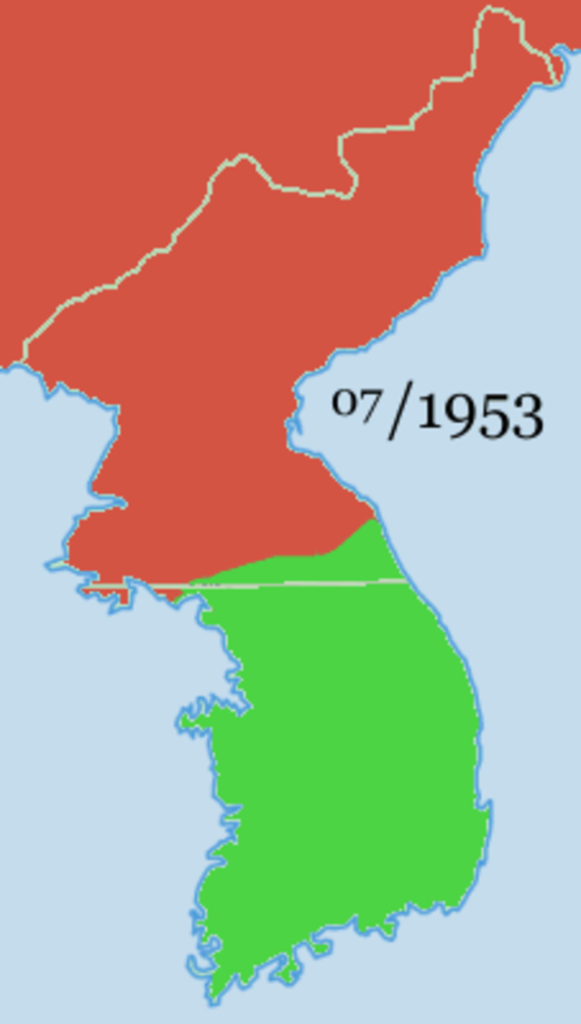
In response the DPRK’s invasion of the ROK, the United Nations organized a military force, spearheaded by the United States. Robert Dornfried was one of the millions of Americans that were sent to Korea to libertate the peninsula.
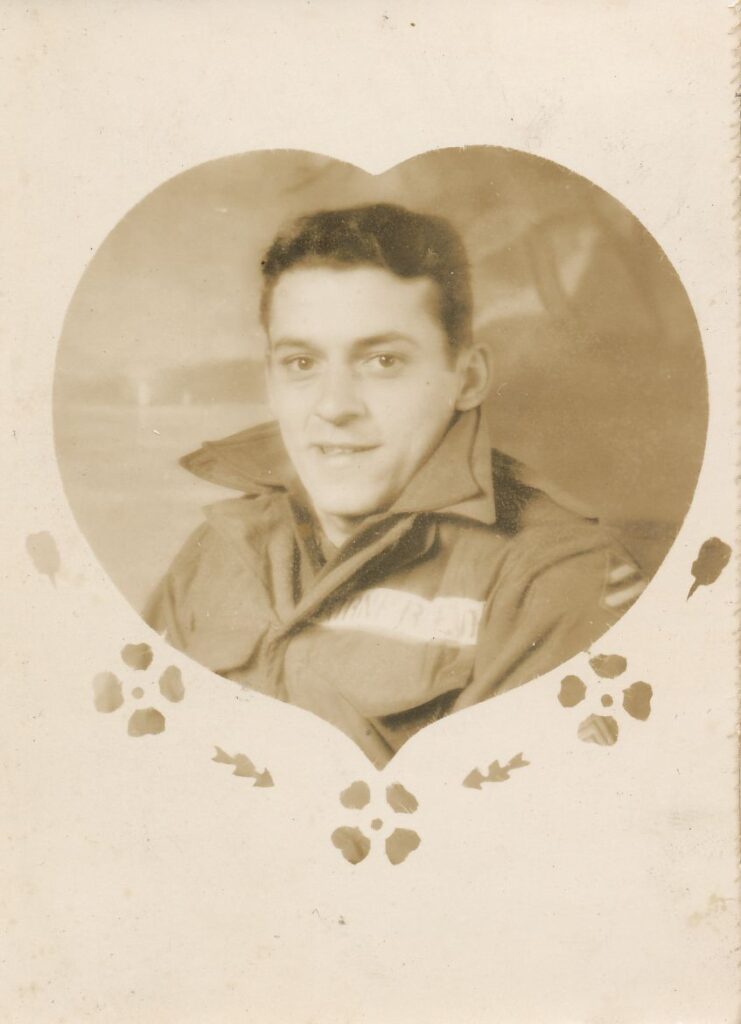
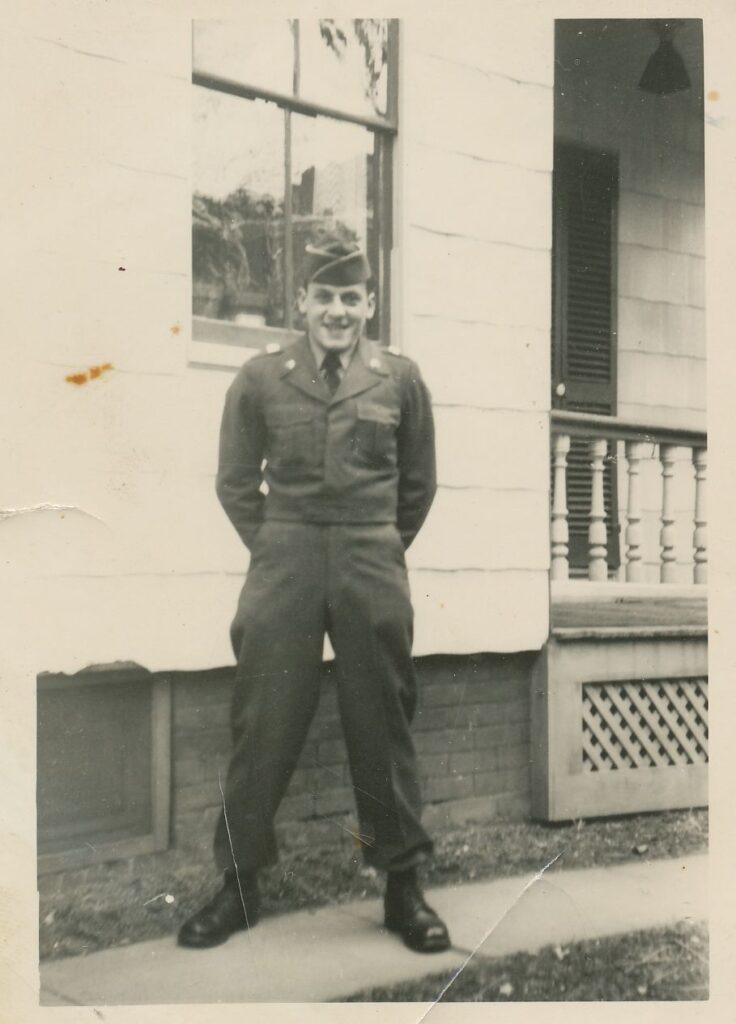
Robert Dornfried enlisted in the U.S. Army in mid-1952. He trained for 16 weeks in basic and advanced infantry tactics and was placed in the 3rd Infantry division, 15th Regiment, Fox Company, 1st Platoon, 4th Squad.
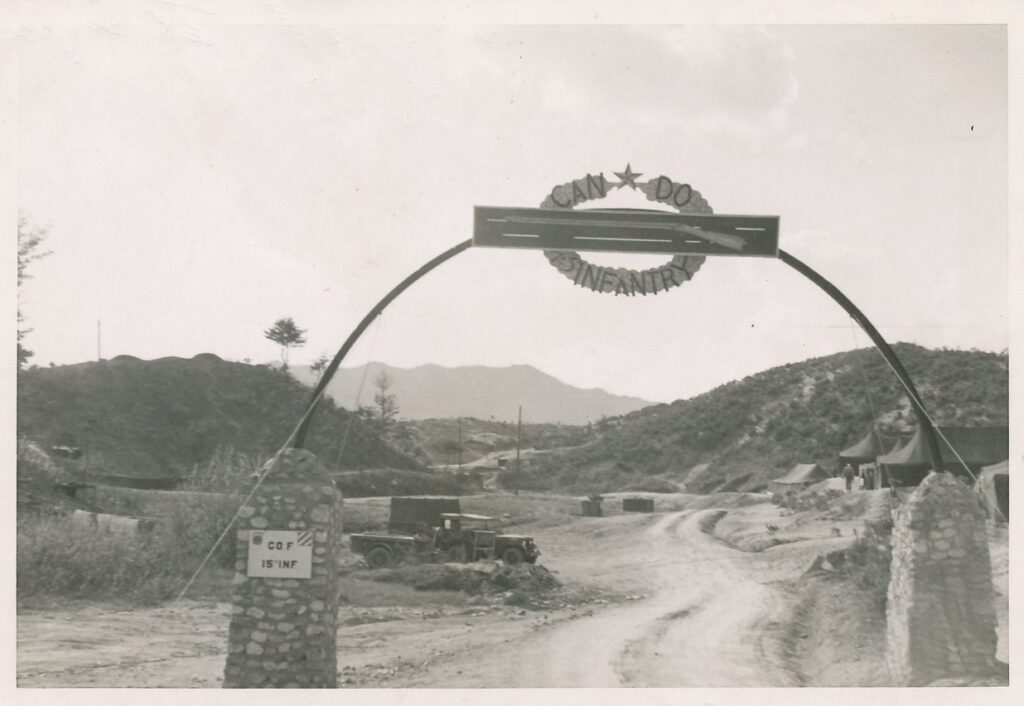
He enlisted as he hoped that he would be given a better deal than if he was drafted. However, unlike his friends who were drafted and stationed either in the states or in Europe, he received orders that he would go to Korea by the end of the year.
Upon arrival in Korea, Robert Dornfried was sent to Chorwon Valley (part of what is called the Iron Triangle), approximately 20 miles North of the 38th Parallel and was known as a major staging point for Chinese military operations. In the valley, the U.S. set up three outposts; Tom, Dick, and Harry.
Dornfried and the rest of Fox company as well as some South Korean detachments were stationed at Outpost Harry. The outposts were on the frontlines and faced the constant threat of attacks. Barbed wire, landmines, and napalm canisters detonated by tripwires were utilized by the U.N. forces to defend their positions.

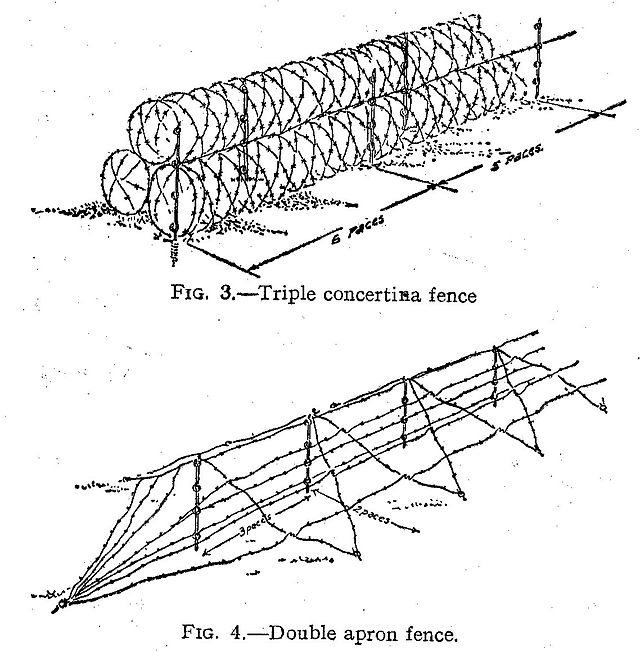
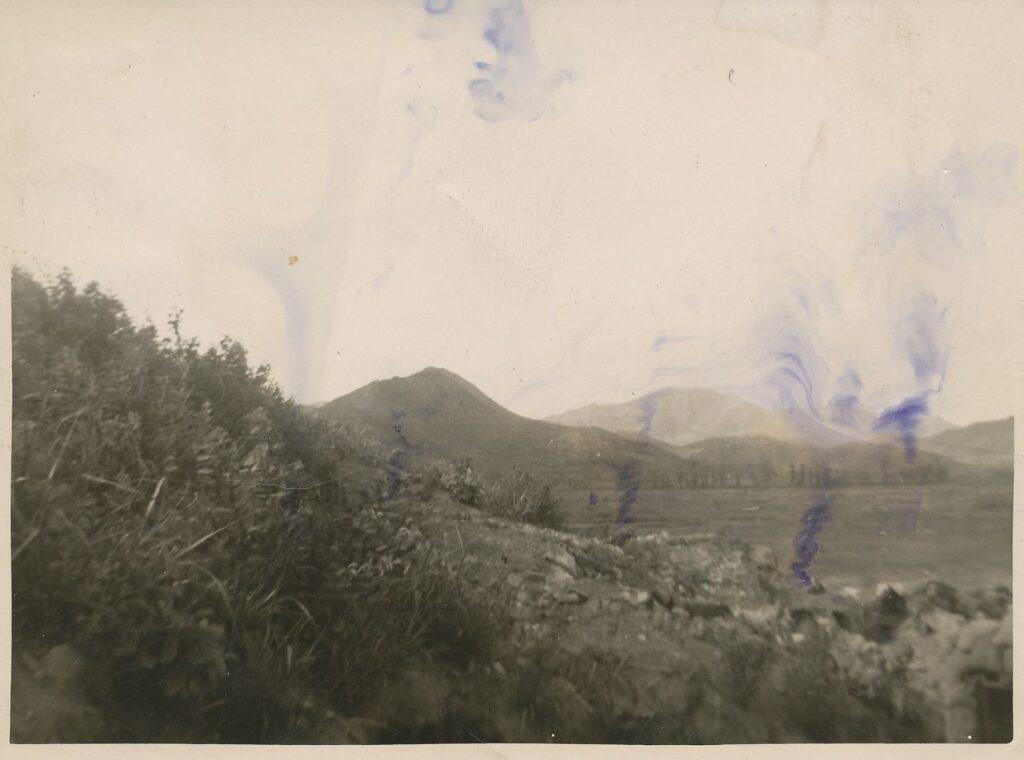
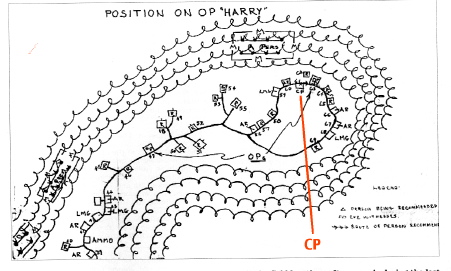
By 1953, despite the superior firepower of the U.N. forces, the war slowed to a stalemate. The Chinese and U.S. shelled each other’s positions day and night, launched probing attacks, and even full frontal assaults. However, no one gained any significant ground beyond the 38th Parallel.

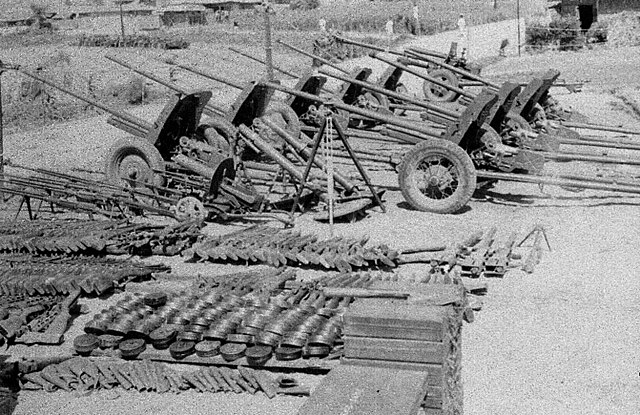
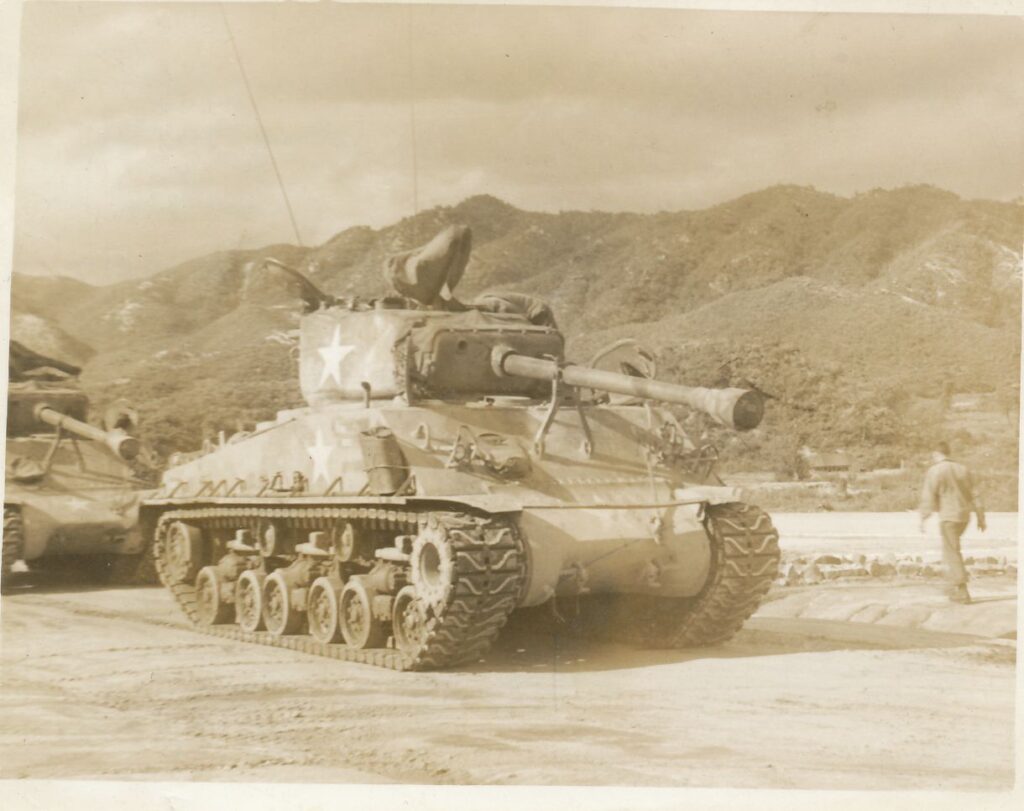
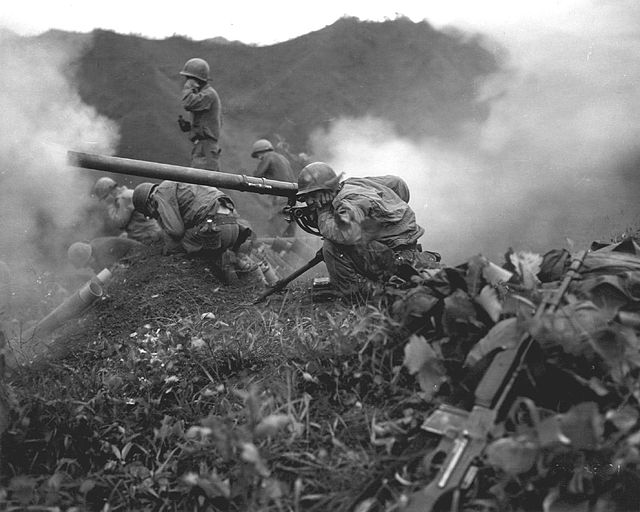

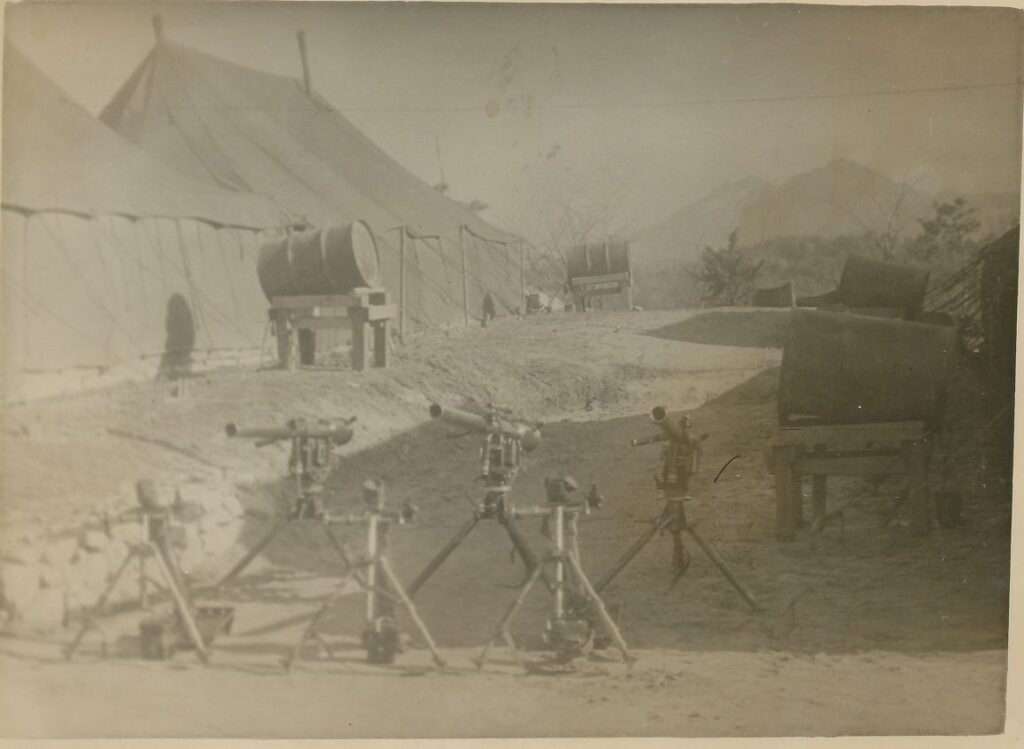
Robert Dornfried was in Korea for 3 weeks in the Chorwon valley at Outpost harry when the Chinese attacked the U.N. position. The outpost was manned by 2 platoons, 88 men. Every hour the outpost called the Headquarters located further in the rear to let them know the outpost was still in U.N. hands.

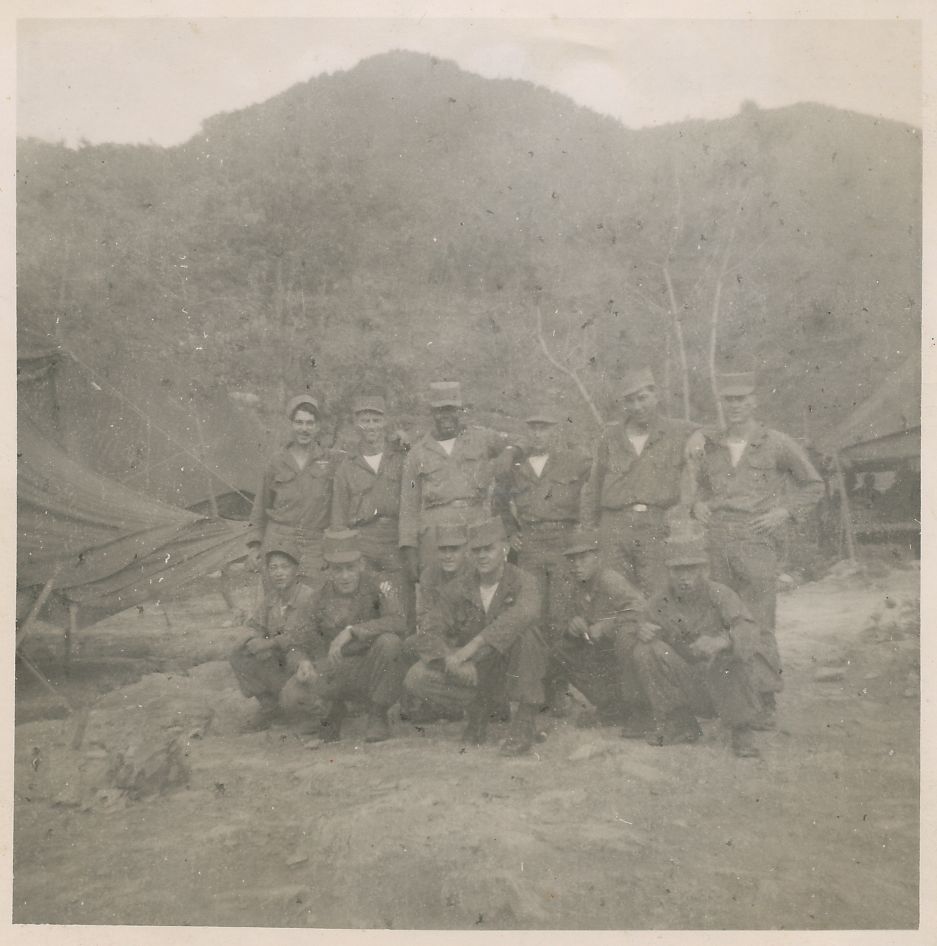
On the 24th of April, at 11:00 pm, Robert Dornfried went into the bunker to check in with Headquarters when he heard his Squad Leader, Sergeant Kelley yell out that the Chinese were in the trenches. As Dornfried left the bunker, he tried to run back to the top where they had set up a few machine guns but was unable to do so. He spent the rest of the night tossing grenades from the bunker entrance.
As the night went on, the Chinese took over a portion of the outpost, Dornfield and the other soldiers planned a counter offensive. Within the hour, they secured the hill and by morning reinforcements arrived.
Of the 88 men, there were 72 casualties in total, 19 of which were killed in action. It was only later in life did Dornfried find out that the Chinese force was approximately 1000-1200 men, and estimated that 200-300 were killed in the battle.
After the wounded were evacuated, Dornfried and the other men who were on the hill were rotated to the back and were told to assemble at 1:00 pm. Upon arrival, they were greeted by a band playing music. The company commander who led the counterattack to retake the hill was given a Distinguished Service Cross. In addition, Dornfried’s squad leader, Sergeant Kelly, was awarded the Silver Star. The company was proud that members received recognition for their bravery.
Later in his tour in Korea, Dornfried was recommended the Bronze Star. In 1954, at Fort Devens, Dornfried received the Bronze Star from Colonel Twitchell.
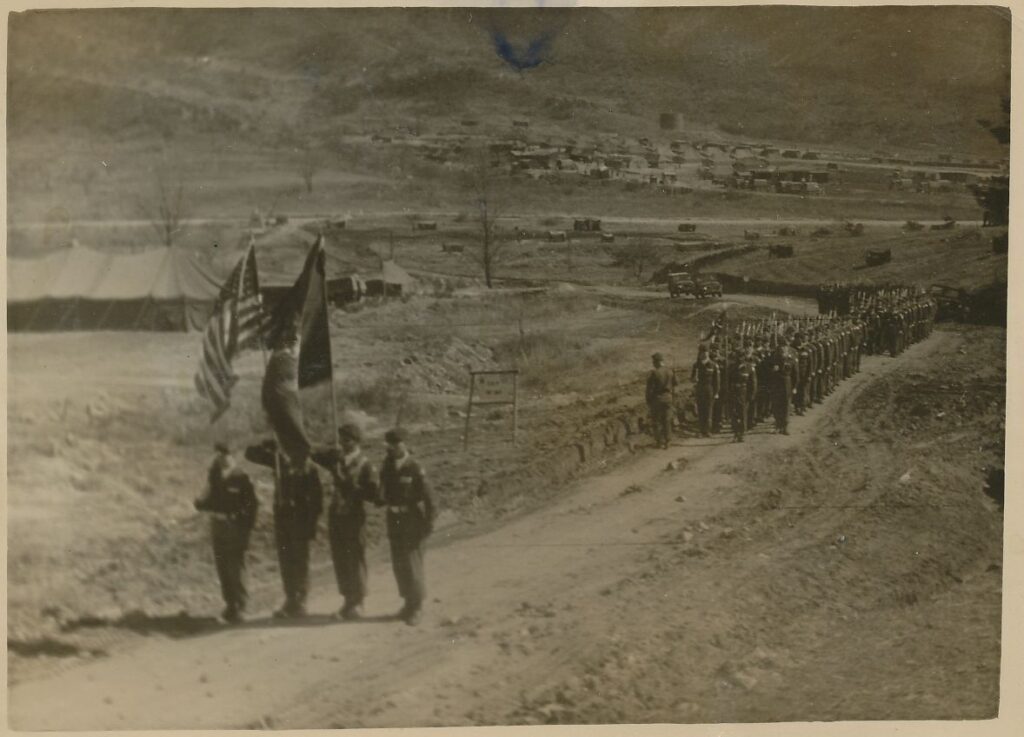
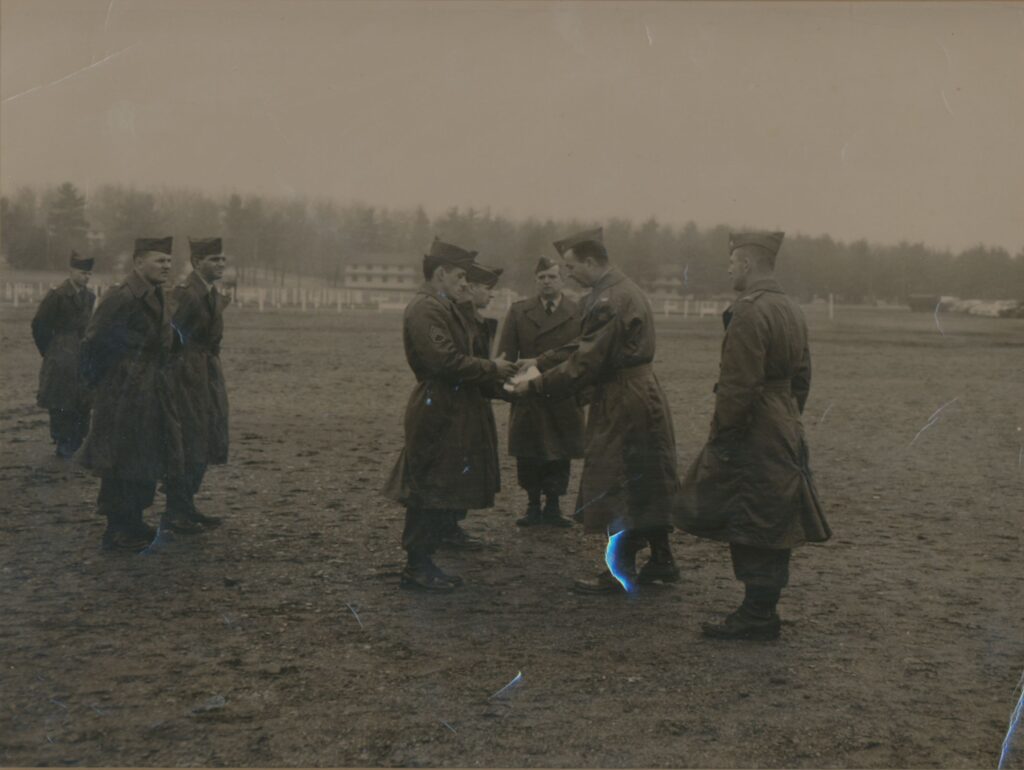
After the war, Dornfried returned to the United States and served his remaining time training and drilling with the rest of his company. After his service, he obtained a job in a factory in New Britain but soon quit as the labor was monotonous. A few days later he got a job helping a contractor in building houses. After 2 years of building houses, he opened up his own company. While he was building houses he ran into a problem with a road without a name. He named the road “O’Connell Drive,” after Tommy O’Connell, who died 12th of June, 1953 during the Battle of Pork Chop Hill. He was the only soldier from Berlin, Connecticut to lose their life during the Korean War.
The Korean War never ended. July 27th, 1953 was the signing of a cease-fire agreement between both countries. From 1953 into the 21st century both nations have looked across the Demilitarized Zone (DMZ) waiting and watching for any possible attacks. Within the past few years, tensions have simmered down, especially in 2019 when talks between North Korea, South Korea, and the United States involved discussions about North Korea’s denuclearization and a lift of sanctions.
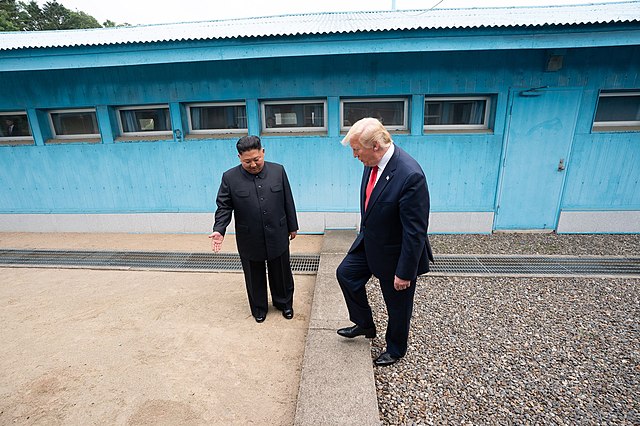



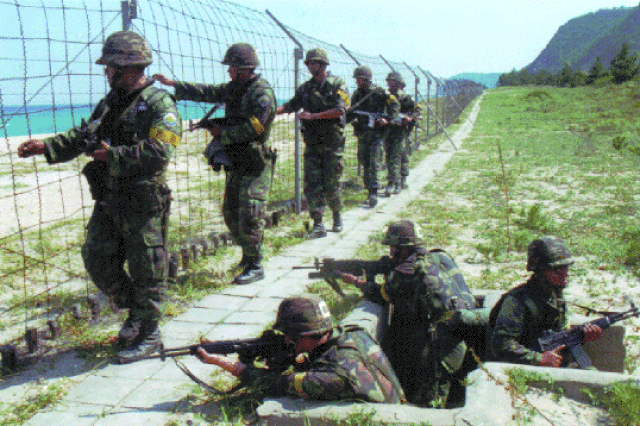
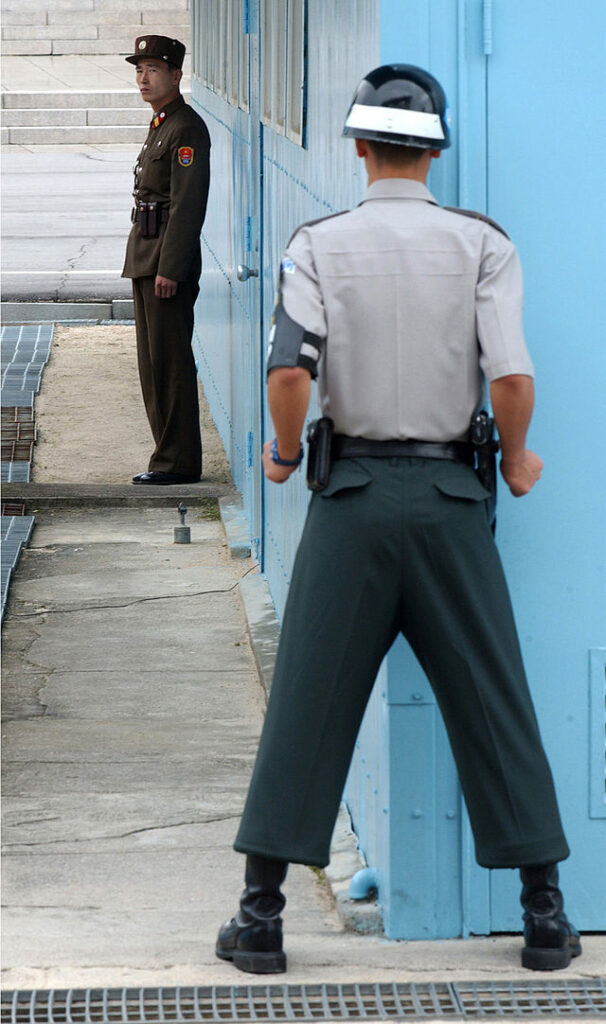
For more information:
Korean War Maps, University of Texas Perry-Castañeda Library
Map Collection